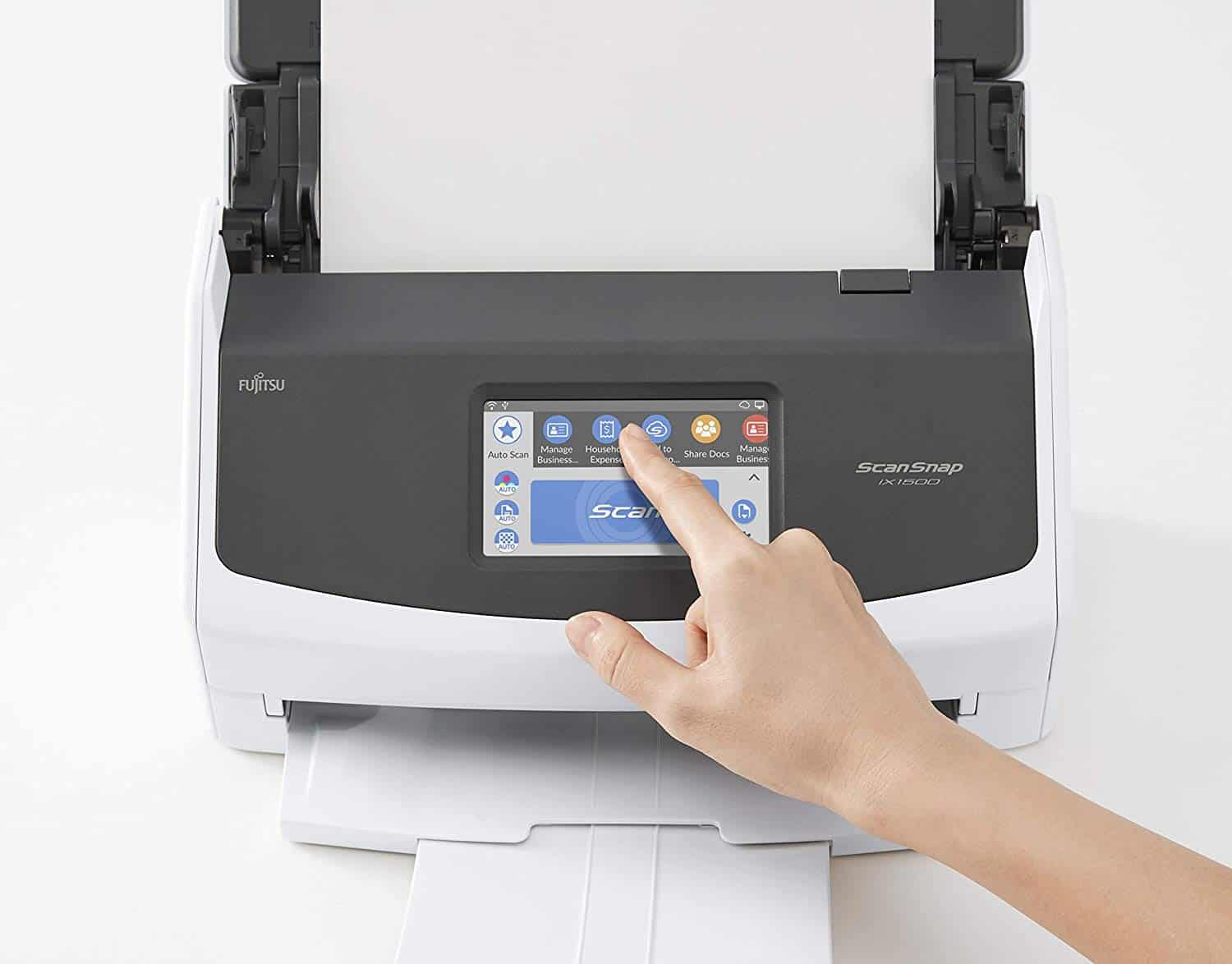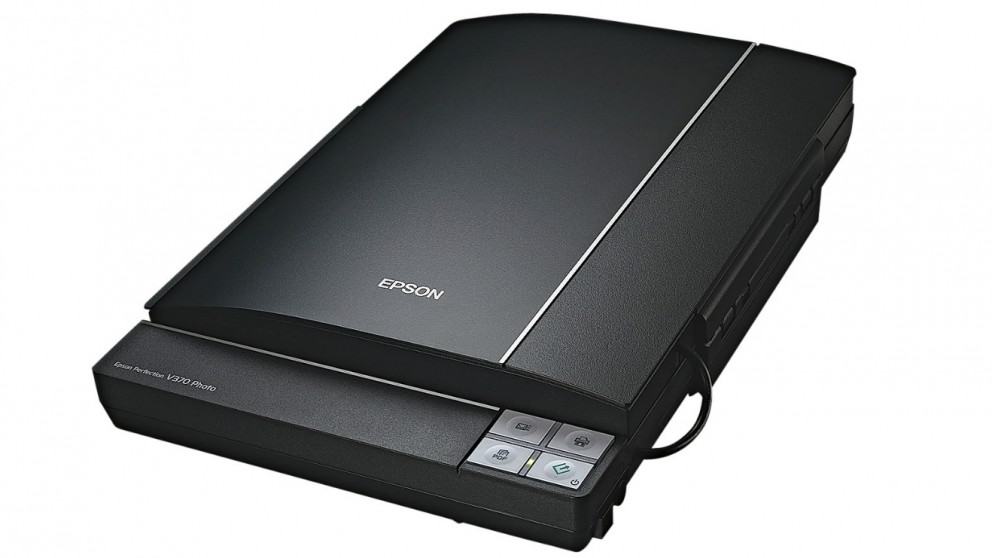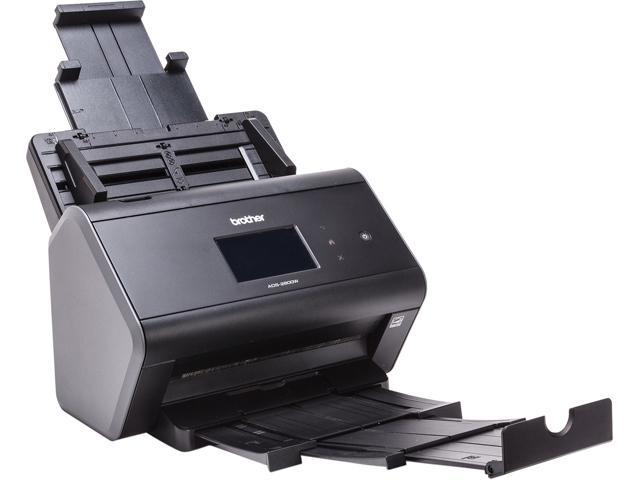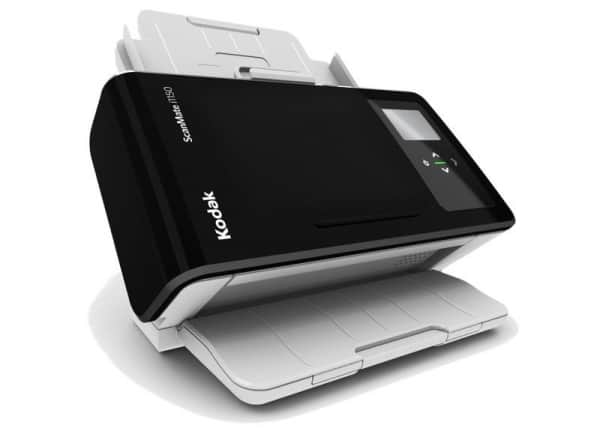Document scanners replace filing cabinets perfectly. The manual way of doing things is long forgotten and everything is now digitized in such a way that you do not even have to get up from your desk to have access to them. In this article, we explore a list of 5 best document scanners.
You just need the right option and it all depends on what you are planning to put in it. Pictures, receipts? where do you wish to store the pictures? do you want to be able to edit them at a future date? The answers to these questions are key to choosing the right scanner that will suit your needs.
1. Fujitsu ScanSnap iX1500 Color Duplex Desk Scanner:
 It is simple to set up and not so costly. Do not mistake it for Fujitsu’s ScanSnap S1300i because this one is more portable and you just have to put it in one spot and it will take care of whatever you need.
It is simple to set up and not so costly. Do not mistake it for Fujitsu’s ScanSnap S1300i because this one is more portable and you just have to put it in one spot and it will take care of whatever you need.
Must Read: 5 Best Home Printers
This device can scan thirty pages per minute and can be used more than a thousand times on a daily basis. Owners can also adjust their feed tray to take care of documents of several sizes. There is an auto-correction feature here as well.
2. Epson Perfection V550:

Epson is no newbie when it comes to the production of scanners. Their products are extremely versatile and they get the job done. With the energy-efficient ReadyScan LED tech, it comes with, you do not need any warm-up time to begin to scan your files, pictures, films e.t.c.
Must Read: Guide to Buying Yourself a Perfect Printer
.Several pictures can be scanned at once, with auto edge detection which crops every one of them and saves each one as a separate file. ABBYY FineReader Sprint Plus OCR also helps to transform your digital copies into editable text.
3. Epson Perfection V370 Photo:
 Quality and efficiency are to be expected in this one. The scanner helps to digitize prints for photographers and artists. It allows you to scan pictures, films and they can be easily accessed from your smartphone as soon as you upload them.
Quality and efficiency are to be expected in this one. The scanner helps to digitize prints for photographers and artists. It allows you to scan pictures, films and they can be easily accessed from your smartphone as soon as you upload them.
Must Read: How To Print or Save to PDF on Windows & MAC
The 4800 x 9600 dpi optical resolution offers sharp and smooth images of all of your pictures and documents. It also comes with a built-in transparency unit that aids easy scanning.
4. Brother ImageCenter ADS-2800W:

This one is quite large so it cannot be used in small spaces. The Brother Imagecenter ADS-2800W if you fancy extensive scanning.
Must Read: How To Edit Documents on iPhone or iPad (iOS)
This award-winning scanner comes with extensive ports and options for connectivity, including Wi-Fi, Gigabit Ethernet network connectivity standard e.t.c.
It can cope with about 30 pages a minute at a resolution of 300 dpi and it also scans 2-sided documents.
The automatic document feeder can hold about fifty pages, and if one of these pages is blank, there is no cause for alarm. It works with pictures, multi-page documents and it is completely wireless.
5. Kodak Scan mate i1150:
 This scanner will be useful in hospitals, financial institutions, insurance agencies as it helps them concentrate on the needs of their clients.
This scanner will be useful in hospitals, financial institutions, insurance agencies as it helps them concentrate on the needs of their clients.
It can scan documents, ID cards, transform them into PDFs, send them to cloud services or have them attached to emails to aid daily operations.
You must, however, note that it does not come with any export support for smartphones. This scanner is home to a special transaction mode feature that will scan the first 10 pages of a document 60 percent quicker because a lot of documents will not surpass that page limit.
More Information On Scanners
An image scanner—often abbreviated to just scanner, is a device that optically scans images, printed text, handwriting or an object and converts it to a digital image. Commonly used in offices are variations of the desktop flatbed scanner where the document is placed on a glass window for scanning.
Hand-held scanners, where the device is moved by hand, have evolved from text scanning “wands” to 3D scanners used for industrial design, reverse engineering, test and measurement, orthotics, gaming, and other applications.
Mechanically driven scanners that move the document are typically used for large-format documents, where a flatbed design would be impractical.
Modern scanners typically use a charge-coupled device (CCD) or a contact image sensor (CIS) as the image sensor, whereas drum scanners, developed earlier and still used for the highest possible image quality, use a photomultiplier tube (PMT) as the image sensor.
A rotary scanner, used for high-speed document scanning, is a type of drum scanner that uses a CCD array instead of a photomultiplier. Non-contact planetary scanners essentially photograph delicate books and documents.
All these scanners produce two-dimensional images of subjects that are usually flat, but sometimes solid; 3D scanners produce information on the three-dimensional structure of solid objects.
Digital cameras can be used for the same purposes as dedicated scanners. When compared to a true scanner, a camera image is subject to a degree of distortion, reflections, shadows, low contrast, and blur due to camera shake (reduced in cameras with image stabilization).
Resolution is sufficient for less demanding applications. Digital cameras offer advantages of speed, portability and non-contact digitizing of thick documents without damaging the book spine.
As of 2010 scanning technologies were combining 3D scanners with digital cameras to create full-color, photo-realistic 3D models of objects. Modern scanners are considered the successors of early telephotography and fax input devices.
There you have it – a comprehensive list of best document scanners. If you have any personal favorite or other recommendations, feel free to drop them in the comment section below.



